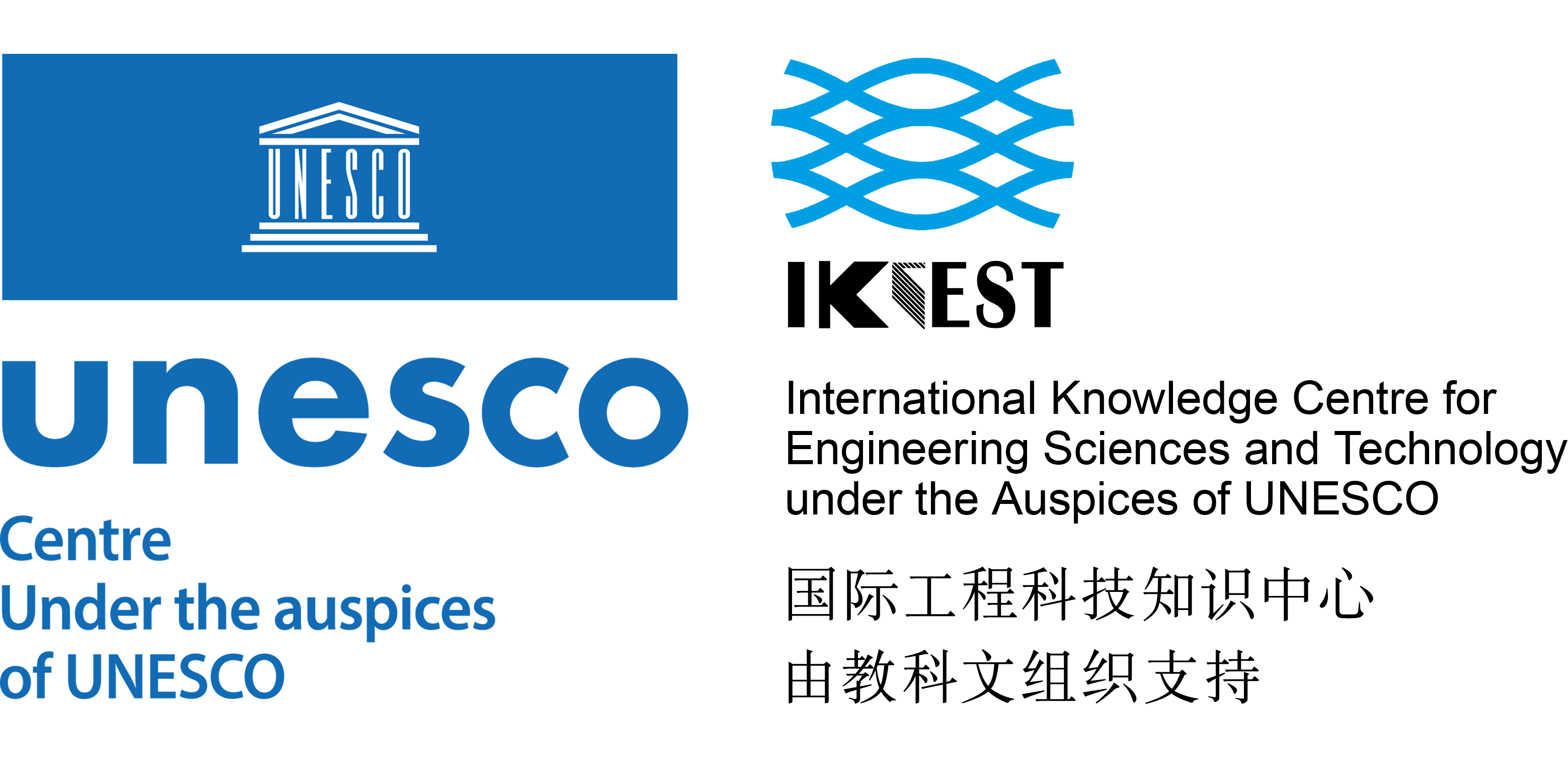
/VCG
The Asia-Pacific Economic Cooperation (APEC) has designated artificial intelligence (AI) and digitalization as core pillars for sustainable economic growth, following a series of high-level ministerial meetings hosted in Incheon, South Korea.
The pivotal 2025 APEC Digital and AI Ministerial Statement, released in August, underscored the necessity of a human-centered and balanced approach to AI, ensuring its benefits – such as improved efficiency and resilience – are realized while prudently addressing risks related to safety, trust and reliability.
AI also featured prominently at a joint session of APEC finance and structural reform ministers. Ministers recognized AI-driven digital finance as a vital tool for broadening financial access, citing its utility in areas like alternative credit assessments for small businesses. Finance authorities stressed that fiscal resources must be channeled into key areas like AI transformation to secure future growth engines and offset demographic challenges.
AI applications in China
In parallel with APEC's regional framework, China is actively deploying AI into key economic and environmental sectors.
The year 2025 is anticipated to be "the first year of true implementation" for the "AI + Industrial Internet" concept, said Zhang Qiliang, general manager of Xuzhou-based XCMG Hanyun, in an interview with the People's Posts and Telecommunications News.
This strategy focuses on integrating large AI models with industrial know-how to process massive, non-structured data. This fusion is enabling scaled applications of AI in sectors like engineering machinery, leading to significantly enhanced equipment fault identification and reduced maintenance costs.
The core goal is to transform data from a "dormant asset" into a "flowing value" across industrial settings, Zhang said.
Furthermore, China is leveraging AI to support its green energy and carbon goals. A report from the Science and Technology Daily details the use of AI in smart grids to enhance stability.
By processing large volumes of data, AI achieves high-precision prediction of the load and output of renewable energy. This is essential for optimizing distribution strategies and flexibly integrating green power sources like wind and solar.
AI is also being applied to improve the precision of carbon emission monitoring, helping to rapidly identify super-emitters and verify reduction efforts, thus supporting a more sustainable future.








 User Center
User Center My Training Class
My Training Class Feedback
Feedback












Comments
Something to say?
Login or Sign up for free